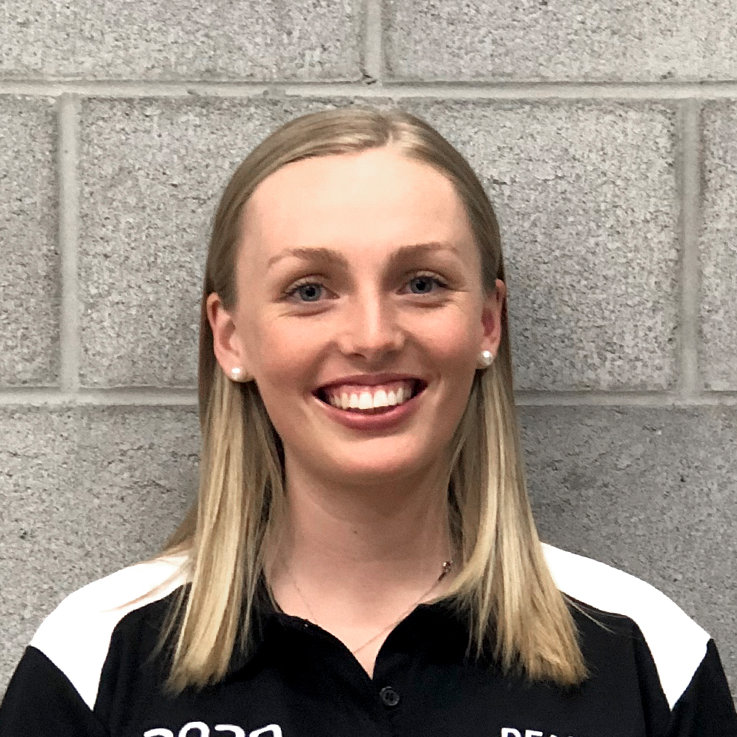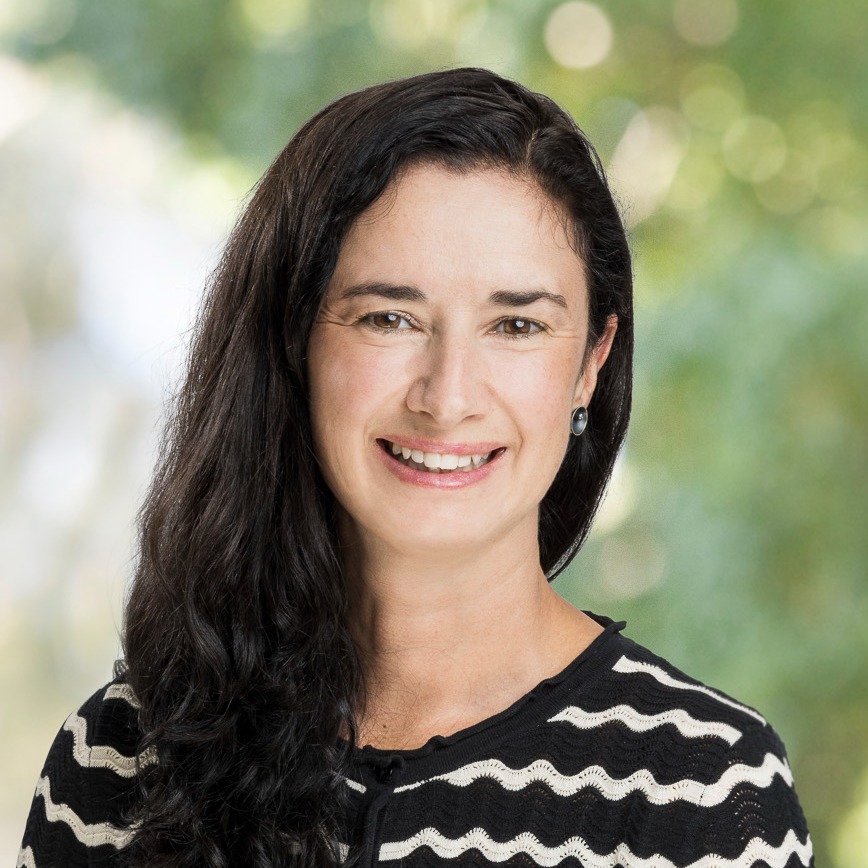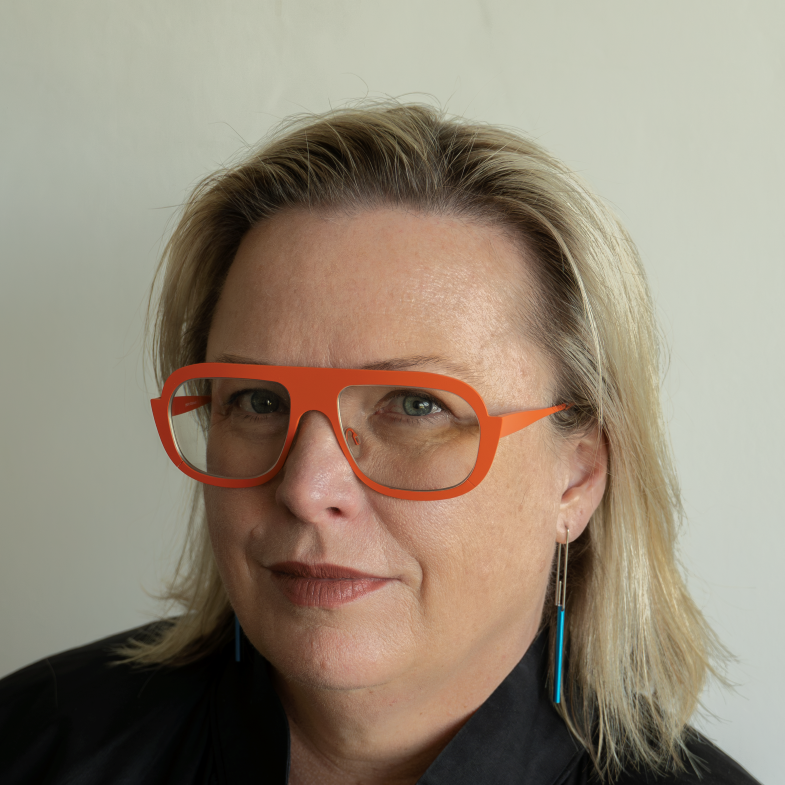Making Space - Neurodiverse Spaces
Time: 11:15am - 12:15pm
Venue: Ian Potter Auditorium, Kenneth Myer Building
This session explores how the needs of people with neurodiversity should influence the design principles behind public spaces such as sensory rooms. Non-verbal communicators, people with ADHD, and people with an intellectual disability have unique and valuable perspectives of their experiences with the built environment.
The speaker presentations will be based on the following research papers:
- Re-designing the studio and dis-ableing the profession: the challenge and opportunity of ADHD, Andrew Martel. Kirsten Day, Fanni Melles.
- The development of co-design principles for the inclusion of non-verbal communicators with severe intellectual disabilities in design processes and outcomes, Ilianna Ginnis
- Perceptions of sensory rooms in Australian public buildings: shopping centres, sports stadiums, and universities, Anna Walker
About the speakers
 Andrew Martel is an Early Career Researcher whose teaching and research is focussed on understanding the composition of value in housing. This has included developing methodologies to assess the qualitative and quantitative characteristics of dwellings in order to trace the impact of decisions made outside of the design sphere; such as financing, taxation, regulation, and culture, on housing outcomes. His experience has included researching high-density student housing, remote Indigenous housing, and inner-city, affordable, family friendly housing. For the past few years Andrew has been investigating the potential of the NDIS to drive innovation in the production of accessible and adaptable domestic houses.
Andrew Martel is an Early Career Researcher whose teaching and research is focussed on understanding the composition of value in housing. This has included developing methodologies to assess the qualitative and quantitative characteristics of dwellings in order to trace the impact of decisions made outside of the design sphere; such as financing, taxation, regulation, and culture, on housing outcomes. His experience has included researching high-density student housing, remote Indigenous housing, and inner-city, affordable, family friendly housing. For the past few years Andrew has been investigating the potential of the NDIS to drive innovation in the production of accessible and adaptable domestic houses.
 Iianna Ginnis is an access consultant at Architecture & Access and a current PhD candidate and researcher within the Design Health Collab at Monash University. Ilianna is in the final year of her PhD program, where she is dedicated to crafting a comprehensive set of guidelines aimed at fostering the inclusion of individuals with severe and profound intellectual disabilities, specifically those who communicate non-verbally, within the realm of design processes and resulting outcomes.
Iianna Ginnis is an access consultant at Architecture & Access and a current PhD candidate and researcher within the Design Health Collab at Monash University. Ilianna is in the final year of her PhD program, where she is dedicated to crafting a comprehensive set of guidelines aimed at fostering the inclusion of individuals with severe and profound intellectual disabilities, specifically those who communicate non-verbally, within the realm of design processes and resulting outcomes.
 Anna Walker is a registered Occupational Therapist, currently completing her graduate year at the Royal Melbourne Hospital. She completed her Honours in 2022 at Deakin University under the guidance of Cathryn Grant and Valerie Watchorn, focusing on how sensory rooms are used by autistic people and their supporters. Anna has always had a passion for accessibility within the built environment and she hopes to explore this further as her career progresses.
Anna Walker is a registered Occupational Therapist, currently completing her graduate year at the Royal Melbourne Hospital. She completed her Honours in 2022 at Deakin University under the guidance of Cathryn Grant and Valerie Watchorn, focusing on how sensory rooms are used by autistic people and their supporters. Anna has always had a passion for accessibility within the built environment and she hopes to explore this further as her career progresses.

Cathryn Grant is a registered Occupational Therapist and ACAA Accredited Access Consultant. Cathryn works at Architecture & Access as one of the managers of the Melbourne team. Her work involves consulting on a wide range of projects from large hospital developments, schools, residential projects, and sports pavilions, ensuring each project achieves the greatest level of access possible for all users but especially people with a disability. Cathryn has completed a masters degree in public health, specializing in health and the built environment and is working with the Deakin University Occupational Therapy Honours program to develop evidence regarding access to the built environment.
 Kirsten Day lectures in Architecture at the University of Melbourne. She coordinates Construction as Alchemy and Architectural Practice. Prior to joining the faculty, she was Course Director of Interior Architecture at Swinburne University of Technology. She is a member of the Education Committee and Co-chair of the Research in Practice Committee with the Australian Institute of Architects (Victoria) and an examiner for the Architects Registration Board of Victoria. Kirsten is a registered Architect and director of Norman Day + Associates Architects with over 20 years experience working in the profession. Her publications, workshops, and studios explore themes of future scenarios and the impact of change on the architectural profession and the human condition.
Kirsten Day lectures in Architecture at the University of Melbourne. She coordinates Construction as Alchemy and Architectural Practice. Prior to joining the faculty, she was Course Director of Interior Architecture at Swinburne University of Technology. She is a member of the Education Committee and Co-chair of the Research in Practice Committee with the Australian Institute of Architects (Victoria) and an examiner for the Architects Registration Board of Victoria. Kirsten is a registered Architect and director of Norman Day + Associates Architects with over 20 years experience working in the profession. Her publications, workshops, and studios explore themes of future scenarios and the impact of change on the architectural profession and the human condition.